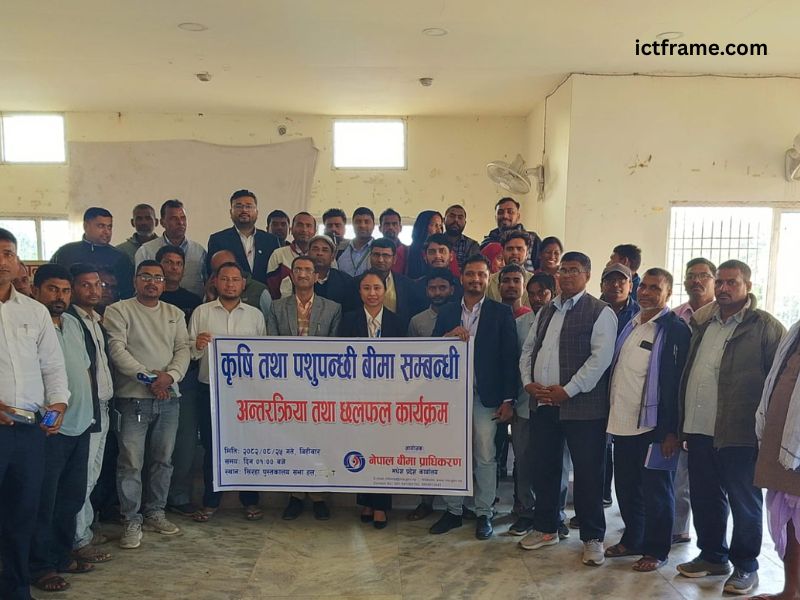Nepal Telecom’s Service Restoration Amid Natural Calamities
29 September 2024, Kathmandu
In recent weeks, Nepal has been grappling with the effects of continuous heavy rainfall, which has led to severe floods, landslides, and inundations in various parts of the country.
Nepal Telecom’s Service Restoration
This adverse weather has not only caused widespread damage to infrastructure and displaced communities but has also significantly impacted telecommunication services across many regions. Nepal Telecom, the country’s leading telecommunication service provider, has been at the forefront of efforts to restore disrupted services as swiftly as possible.
Disruption in Services
The natural calamities have posed a considerable challenge to Nepal Telecom’s network, causing disruptions to both telephone and internet services in several areas. The primary issue has been the interruption in power supply to many BTS (Base Transceiver Station) towers, leading to their shutdown. Without electricity, these towers, which are crucial for maintaining communication services, are unable to operate. Additionally, transmission links, which are essential for providing connectivity between different regions, have been damaged or cut off due to landslides and floods.
While some areas have faced complete outages, others have experienced slow internet speeds, dropped calls, and intermittent service. The extent of the disruption varies, depending on the severity of the local weather conditions and the infrastructure damage sustained in those areas.
Nepal Telecom’s Response
Despite these challenging conditions, Nepal Telecom has been proactive in deploying technical teams to the affected areas to assess the damage and begin the restoration process. The company’s engineers and technicians have been working around the clock, often in harsh weather and difficult terrains, to restore services as quickly as possible.
In areas where power supply has been disrupted, Nepal Telecom has been using backup power systems, such as generators, to bring BTS towers back online. For areas where transmission links have been severed, alternative routes are being explored to re-establish connectivity.
As of now, many regions have already seen significant progress, with telephone and internet services being restored in numerous locations. However, in heavily affected regions, the restoration efforts are still ongoing. Nepal Telecom has assured its customers that it is doing everything within its capacity to expedite the process.
Customer Apologies and Future Preparedness
Nepal Telecom has publicly apologized to its customers for the inconvenience caused by these unforeseen disruptions. The company understands the importance of reliable communication services, especially during emergencies, and is making every effort to mitigate the impact of these natural disasters.
Looking ahead, Nepal Telecom is also evaluating ways to improve the resilience of its infrastructure against future natural calamities. Strengthening the physical durability of BTS towers, improving backup power solutions, and diversifying transmission routes are some of the strategies being considered. The company is also working closely with local and national authorities to coordinate disaster response efforts more effectively.
Conclusion
In times of crisis, communication is vital, and Nepal Telecom is committed to restoring its services in the shortest possible time frame. While the recent floods and landslides have caused unprecedented challenges, the company’s response has demonstrated its dedication to serving the needs of the nation. Nepal Telecom’s continued efforts to repair and improve its network infrastructure will be critical in ensuring that it can weather future storms and keep the country connected during times of need.
For now, Nepal Telecom remains focused on restoring full service to all affected regions, and it is grateful for the patience and understanding of its customers during this difficult time.
For more: Nepal Telecom’s Service Restoration








